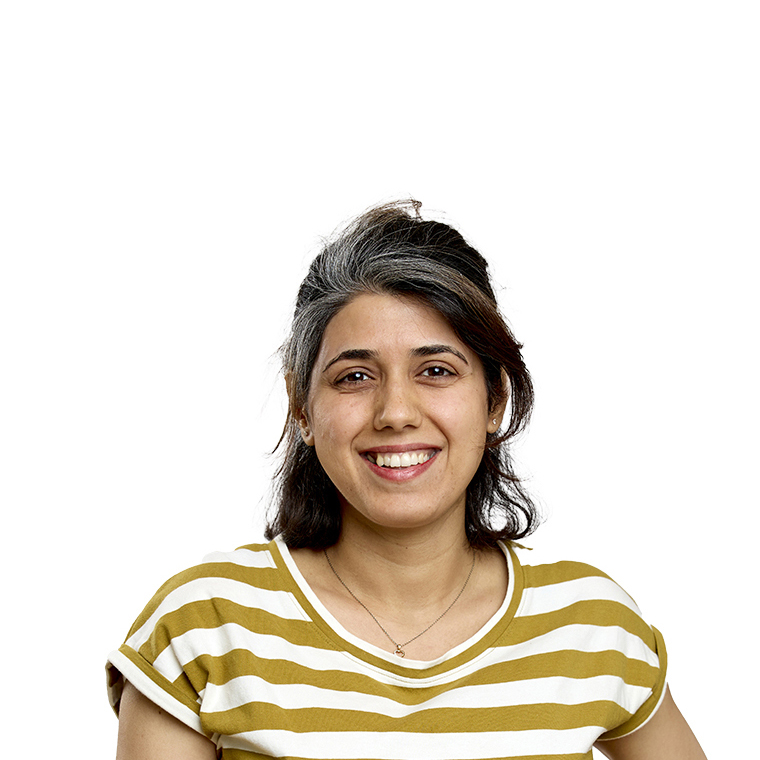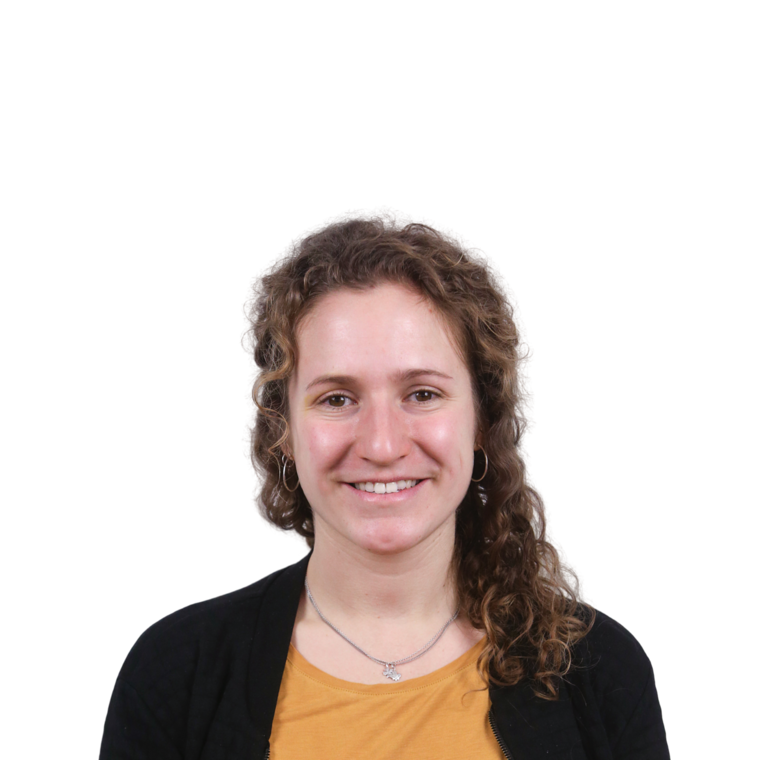Group leader: Prof. dr. Lieve Tytgat
As clinical PI, a part of the care is in the clinic, treating patients with solid tumors and another part is translations research in the laboratory. One the one hand, clinical problems are easily spotted and on the other hand, laboratory findings are more easy translated to the clinic.
Main projects:
The diagnosis of any tumor is based on morphology and genetic analysis which is only possible by biopsy. However, it is not always feasible to obtain tissue tumor biopsy due to its invasive nature. Also, the tumor heterogeneity and minimal residual diseases (MRDs) will remain undetected. To overcome these problems, liquid biopsies can be a non-invasive alternative. Circulating tumor DNA (ctDNA) in liquid biopsies from patients with cancer can be used for diagnostic and prognostic purposes. It overcomes the problem of spatial or (sub)clonal tumor heterogeneity, facilitating increased diagnostic accuracy and enabling MRDs detection, and therapy response monitoring.
We aim to translate ctDNA-based sequencing approaches of liquid biopsies into pediatric patients. RNA-based qPCR, DNA qPCR, digital droplet PCR, WES and RRBS are performed in bone marrow, blood and cell-free DNA and RNA. The major solid tumor types that are currently being studied are Neuroblastoma, Rhabdomyosarcoma and renal tumors. To accelerate liquid biopsies in other solid tumors, our rhabdomyosarcoma mRNA panel and the combination of mRNA and cfDNA is being investigated (Kika 459). For pediatric renal tumors, we initiated international liquid biopsy studies in the international Umbrella trial (KiKa 397)
Team: Nathalie Lak, Zeinab van Gestel-Fadaie, Julia Sprokkerieft, Maaike Bos, Nicky Hollebrandse, Aleksandra Letunovska , Reno Bladergroen, Carlo Dorresteijn, Nina Gelineau , Lieke van Zogchel
We study the microenvironment at the main metastatic site of neuroblastoma, the bone marrow (BM), as recurrences in BM are a major obstacle to cure. The microenvironment of the BM appears to possess unique tumor-protective features. BM-residing Mesenchymal Stromal Cells (MSCs), for example, have been shown to be instructed by tumor cells to support them. We therefore aim to capture metastasis-related changes, with a focus on BM-residing tumor cells, MSCs, Hematopoietic Stem Cells and T cells. This, to ultimately unravel which factors support tumor cells and how we can block the BM cell -tumor dialog. A better understanding of the interactions between metastatic tumor cells and their environment is essential for targeting BM metastases more efficiently in the future and lower the relapse rate in high-risk patients (KiKa 347).
Team: Ilse Timmerman, Caroline Hochheuser, Carlijn Kuijk
Metabolism in neuroblastoma: a key hall mark of tumors for diagnosic, prognostic and treatment. In tumors, metabolic pahtways are differently expressed compared to healthy cells to support the tumor growth. Analyzing these pathways can lead to new targets which can be used for diagnostic and treatment purposes. Catecholamines are metabolites excreted from the adrenal glands and differently secreted in neuroblastoma patients. Two universal used markers (HVA and VMA) are already used for diagnosis. To improve the sensitivity and specificity of diagnosis, a panel of eight markers is optimized (Villa Joep).
Neuroblastoma is a tumour that often disseminates to bone and lymph nodes. It is important to accurately visualize disease localisations in the body. Repeated [123I]MIBG scans are required for clinical desicion making (staging, response assessment, and follow-up) of neuroblastoma. Our work will be a combination of I) studying and comparing nuclear scans ([123I]MIBG, [18F]FDG, [68Ga]Ga-DOTATOC) and II) introducing a new scan: [18F]MFBG PET-CT. Our aim is to learn from what we see on nuclear imaging. This research is part of the Theranostics Research Group, investigating therapy and diagnostics in nuclear medicine.
In this project, we aim to investigate and optimize the translational process in pediatric solid tumors. Translation from preclinical discoveries to clinical applications is often experienced as time-consuming and costly. In addition, many preclinical discoveries never make it to the clinic. The result is a persisting gap between research evidence and clinical practice, an accumulation of knowledge that patients do not benefit from, and an inefficient use of the money invested in research every year.
Here, we combine a biomedical perspective with techniques developed within organization science, such as process mining, to analyze the process of translation. What does translation look like, and which factors contribute to its success? As one of the key elements of the translational process, clinical trial design and performance is one of the main focus areas of this project.
- A SIOPEN pragmatic clinical trial to MOnitor NeuroblastomA relapse with LIquid biopsy Sensitive Analysis, MONALISA - Horizon Europe MSCA (2024-2028)
- Using minimally invasive liquid biopsies to analyze CIRCuLating tumorderived DNA in pediatric rEnal cancer – the CIRCLE study - KiKa (2021-2025)
- Catecholamines and Metabolism – applications for diagnostics, risk assessment, and identification of potential new therapeutic targets in neuroblastoma - Villa Joep (2021-2026)
- The metastatic bone marrow niche in Neuroblastoma: Crosstalk between tumor cells and Mesenchymal Stromal cells? (with Molenaar group and Dr. C. Voermans (Sanquin) - KiKa (2021-2025)
Applications for scientific internships (MD, MSc, HLO) can be directed to: G.A.M.tytgat@prinsesmaximacentrum.nl





















